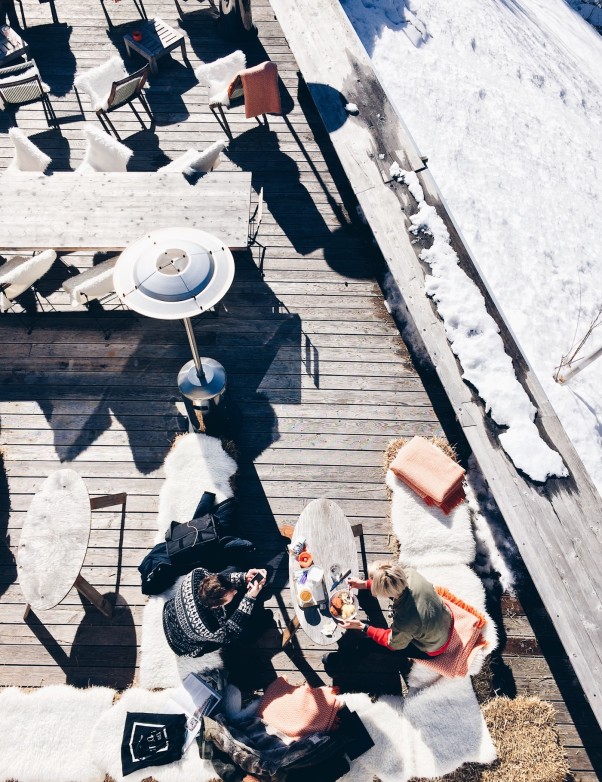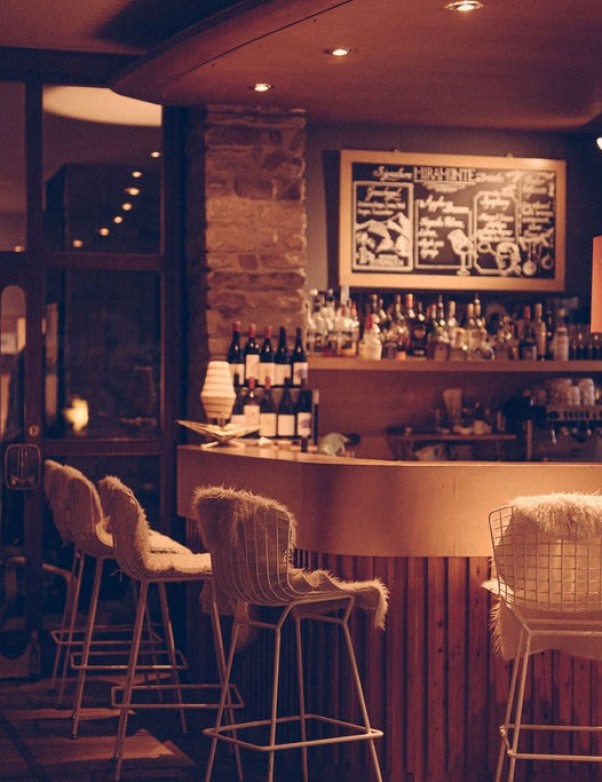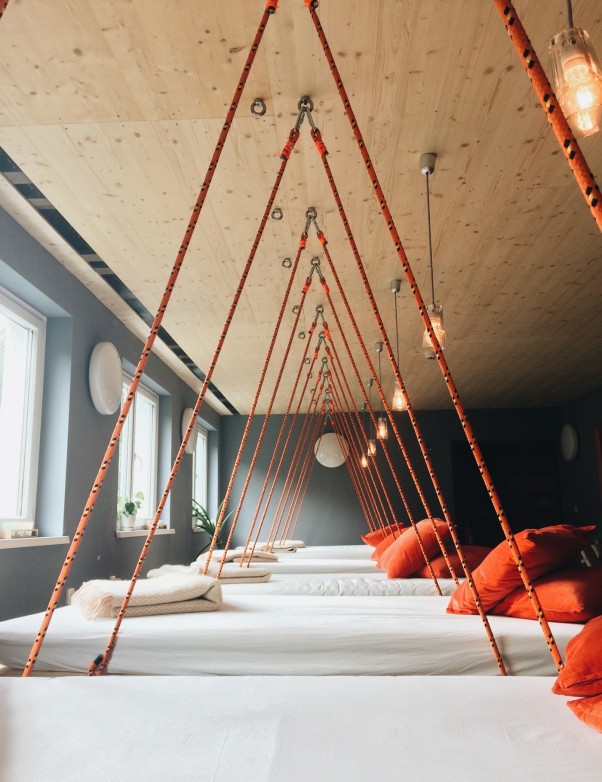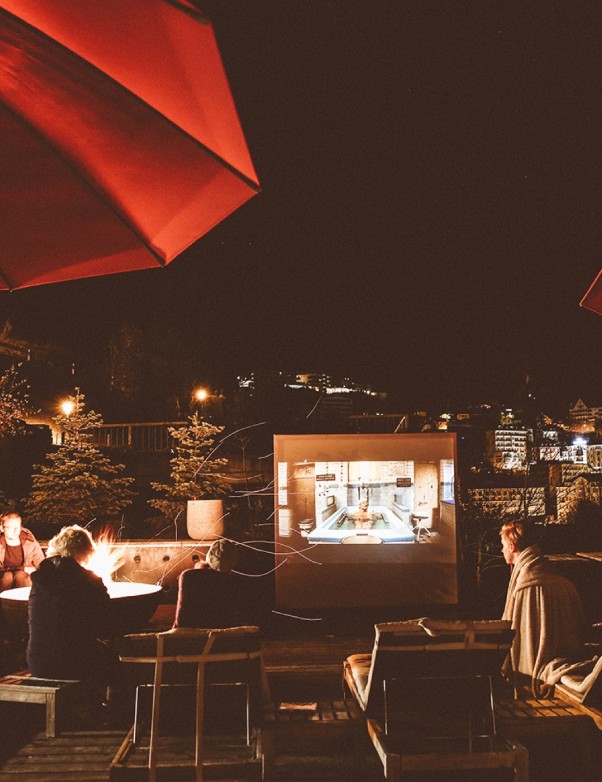How Bad Gastein is starting into the future with its architectural heritage
A tranquil valley in the Austrian Alps, wooded mountain slopes, hiking trails, typical Austrian village structures and then suddenly absolute duality: magnificent high-rise buildings on the hillside and a rushing waterfall in between. At first glance, this can seem rather bizarre. But ultimately it is this harsh structural intervention in nature, this dominant contrast, that creates a field of tension and gives Bad Gastein its special charm.
The urban architecture of the 19th century Viennese architectural scene meets the alpine mountain world here in such a rapid manner that it is difficult to categorise the place clearly. Topography, waterfall and thermal springs, a place straight out of a picture book. This is how Bad Gastein must have looked before the building boom of the time. So it's no wonder that this romantic, wild landscape was developed in such a spectacular way and that the urban centre became more and more of a focus. At the latest with the many visits of Kaiser Wilhelm, Bad Gastein was the talk of the town, attracting the attention and money of high society and giving investors a free hand.
But why did the once glamorous spa resort eventually fall into disrepair? The answer can ultimately be found in the building structures themselves. While the rich and aristocrats of the time indulged in their extravagant lifestyles in Bag Gastein, the buildings decorated with stucco are barely maintainable today, especially as they were only designed for spa operations in summer. With the rise of ski tourism, they could no longer keep up with the newer buildings.
As a result of the building boom, the urban quality and the urban context increasingly faded into the background, which led to exciting solitary buildings, which as a whole, however, do not form a unit and reinforce the bizarre impression of the place. The faded splendour of the aged magnificent buildings and ruins is what gives the place its special charm today, which is further enhanced by the stark contrast to the brutalist buildings such as the Kongresshaus and the Felsentherme. It is hard to understand why the huge Congress Centre was built in the middle of the town, as it has been empty for years, and the promise of bringing large congresses to the spa town has long since faded.
Thanks to this unique building history, Bad Gastein has become a unique place in the Alps, but in the context of the latest developments it is facing the question of what it wants to be in the future. Because the spa resort is building again! The structures around the bathhouse are currently being reactivated to breathe new life into them after a long time.
However, some new buildings are also currently being planned or realised, whereby there is a danger that the history of the village will be repeated and that the unique charm that has grown over the years will be lost through careless planning and demolition, giving way to a profane arbitrariness, as can be seen in many Alpine villages.
The reactivation of old buildings can therefore be viewed positively, as the many creative approaches and artistic movements around Bad Gastein would certainly benefit from an active village centre with a stable culinary and cultural offering.






